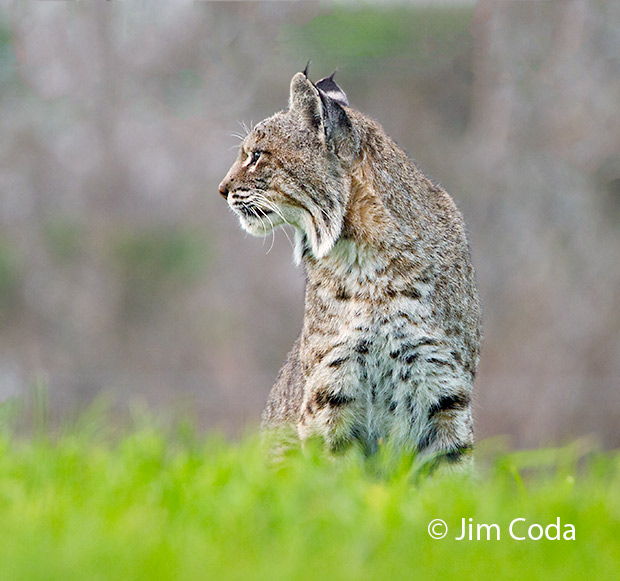Big Bull Elk, Yellowstone National Park

This is the largest bull elk I saw this fall in Yellowstone. He and his harem were located south of Swan Lake. There seems to be something wrong with his right eye. He may be blind in that eye. Bulls suffer many injuries during the rut. This past fall I saw several bulls limping due to shoulder injuries. One Yellowstone bull was famous for attacking cars. He was know by his ear tag as #6. For more about him and his demise click here.
I mentioned in an earlier blog post that the rut seemed slow to me this past September in Yellowstone and wondered if it was due to weather that seemed warmer than usual for that time of year. There may have been other factors. I just found an article in the Huffington Post from last January that reported that the Yellowstone herd was down about 25% from the previous year due to several possible factors, including weather, increased hunting success due to November snow storms that pushed more elk than usual out of the park during the hunting season, and wolves. Less accurate counting may have also been a factor.
Speaking of elk, I just finished upgrading the Rocky Mountain Elk Portfolio on my website. You can see that portfolio here.





